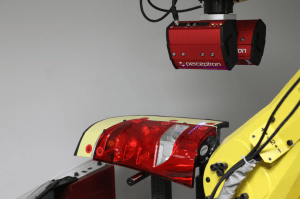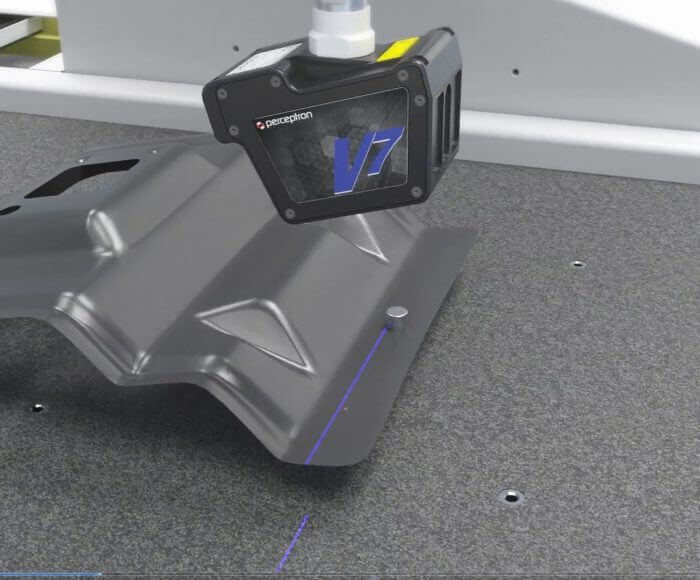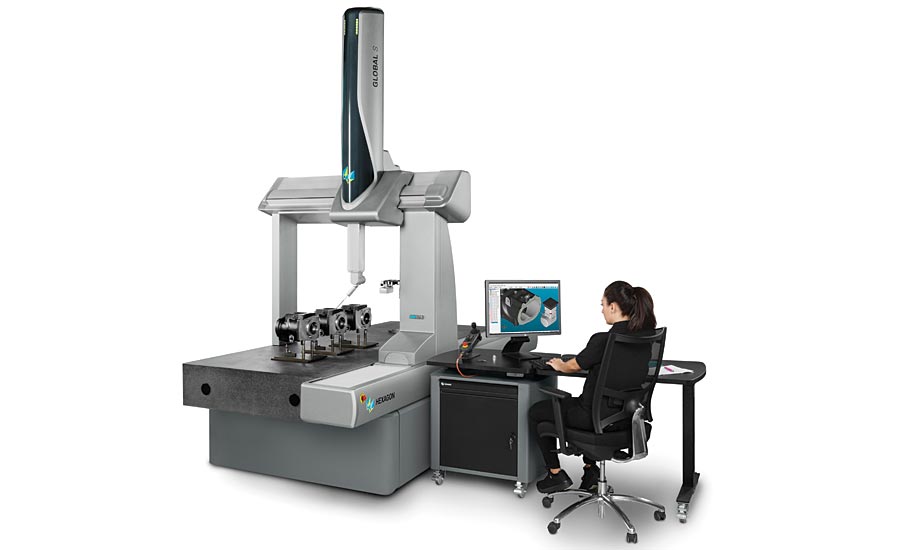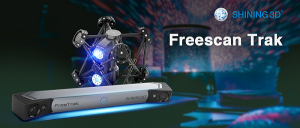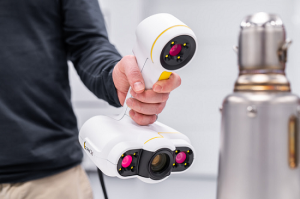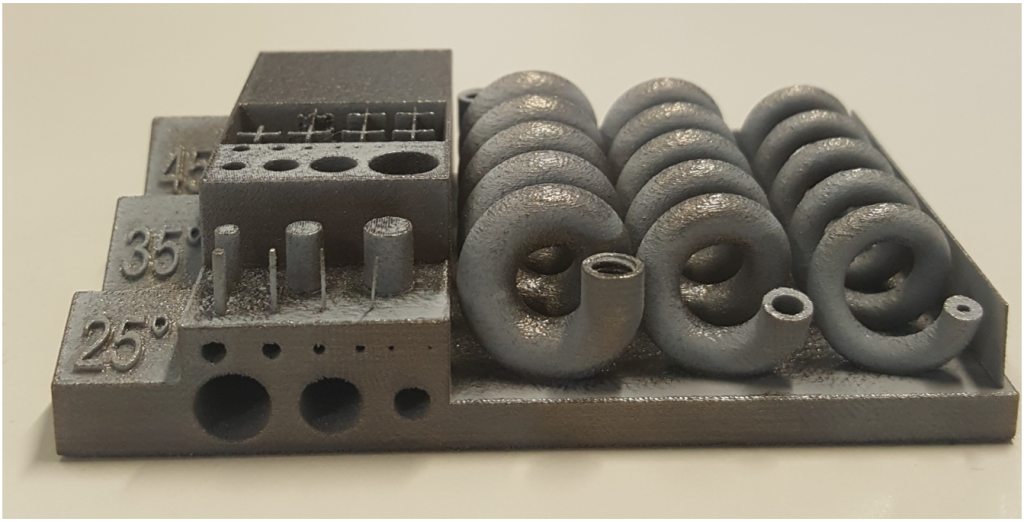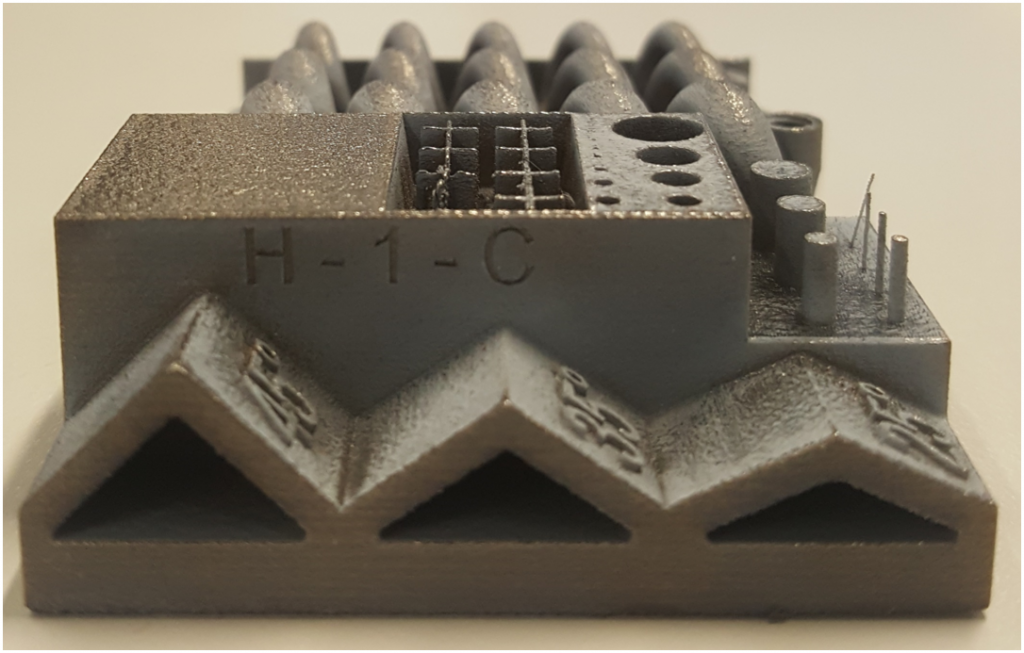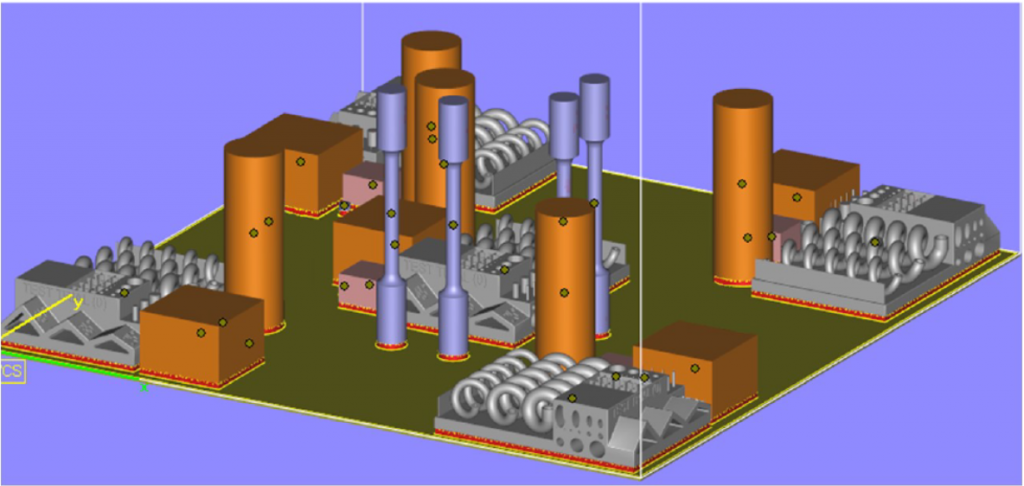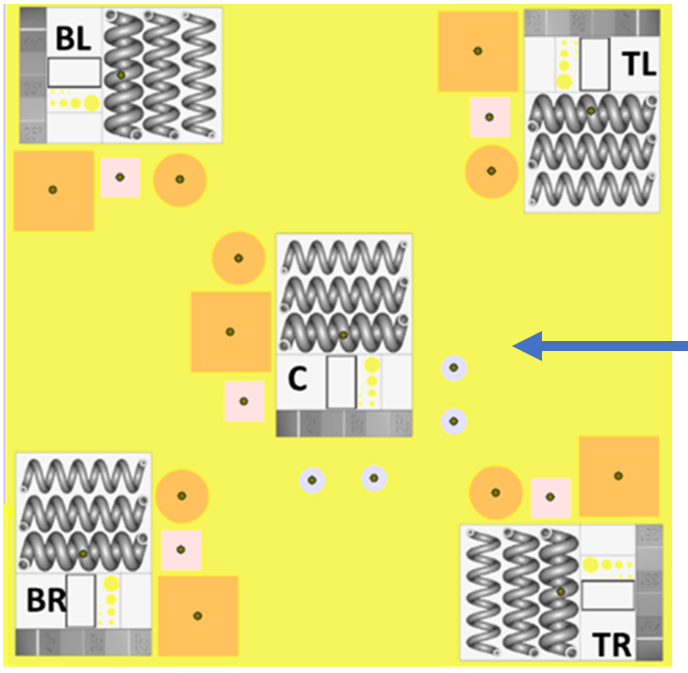The field of metrology is interesting for me as it integrates a lot of what I enjoy in physics and technology. The field from the outside seems very bland, but when you delve into the background, it becomes a more colorful picture. The field is reliant on the physics behind optics and image processing. These are areas of extreme interest to me. Visualization and capturing visualization data is essential for the field. A lot of this data is difficult to interact with as well because the data must be interpreted as a function that can be manipulated for reconstruction purposes from point cloud data. The mathematics behind this is what can be referred to a complex analysis. Today I will give some basic insight into these advanced concepts of physics and how they open us to learning more about metrology and 3D scanning.
Let’s first talk about the field of optics. Optics is the branch of physics that studies the behaviour and properties of light, including its interactions with matter and the construction of instruments that use or detect it. Optics usually describes the behaviour of visible, ultraviolet, and infrared light. Because light is an electromagnetic wave, other forms of electromagnetic radiation such as X-rays, microwaves, and radio waves exhibit similar properties.
Optical science is studied in many related disciplines including astronomy, various engineering fields, photography, and medicine. Practical applications of optics are found in a variety of technologies and everyday objects, including mirrors, lenses, telescopes, microscopes, lasers, and fibre optics, as well as metrology practices.
Yes Imaginary Numbers are useful
I personally have a strong fascination with the field of optics. Firstly, I wear glasses and my glasses help me “see” more. The field of optics quickly takes a dive into metaphysical thought processes on human perception as well as what we actually see. Optics is the center of how most of us “see” the world. When we are in the field of metrology we are relying on man-made technology to measure what we see as humans. The realization that we as humans are measuring reality and physical dimensions is a bit mind-boggling. We do not necessarily know what reality is, but we use metrology to measure for us what is within our “grasp”.
Here is where it starts to become a bit more interesting. What defines the system we are in as humans who are measuring within their current state of reality? There must be a larger system that allows for this to occur. This is where complex analysis comes into play. Complex analysis, traditionally known as the theory of functions of a complex variable, is the branch of mathematical analysis that investigates functions of complex numbers. It is useful in many branches of mathematics, including algebraic geometry, number theory, analytic combinatorics, applied mathematics; as well as in physics. As a differentiable function of a complex variable is equal to the sum of its Taylor series (that is, it is analytic), complex analysis is particularly concerned with analytic functions of a complex variable (that is, holomorphic functions).
For those of you intimidated by math, I will explain the meaning behind the math. Complex analysis is the branch of mathematics that is trying to understand the imaginary or complex plane of the universe we are confined to. We are working within 3 degrees of freedom or 3-dimensionality within our universe. The system of the universe is not determined by what is seen in the 3-dimensional world. Our perception is not what easily moves the universe. The forces that work on our 3-dimensional universe are applied through the fourth dimension or the complex plane of the universe. For all those who want to learn more physics be sure to enjoy immense philosophical implications. So why is all of this relevant to metrology and optics? Think about this. The signals or data we receive from viewing images is distorted by the complex realm. If it was not, there would be extremely high resolution images taken on a consistent basis. That tiny bit of blur in a photo, for example, is a byproduct of the complex world interacting with the physical realm we are within. This is what typically creates a noisy signal typically in physics. In signal processing, noise is a general term for unwanted (and, in general, unknown) modifications that a signal may suffer during capture, storage, transmission, processing, or conversion. Noise reduction, the recovery of the original signal from the noise-corrupted one, is a very common goal in the design of signal processing systems, especially filters. The mathematical limits for noise removal are set by information theory, namely the Nyquist–Shannon sampling theorem.
The data we are collecting, or information, is prone to noise. We live in the 3rd dimensions and the complex plane consistently is interacting with our signals or data. Thus we use filters to help with noise cancellation. This is the basis of image processing and digital image reconstruction. The algorithms being created currently for photogrammetric filters are extremely vital for the future of 3D reconstruction. These filters will rely heavily on the field of complex analysis to build better filters. Then we will have very clean 3D reconstructions from our metrology practices. For all those who are intrigued, I will continue to explain different items within the 3D metrology field.
The post What is Metrology Part 8: Complex Analysis, Optics, and Metrology appeared first on 3DPrint.com | The Voice of 3D Printing / Additive Manufacturing.





